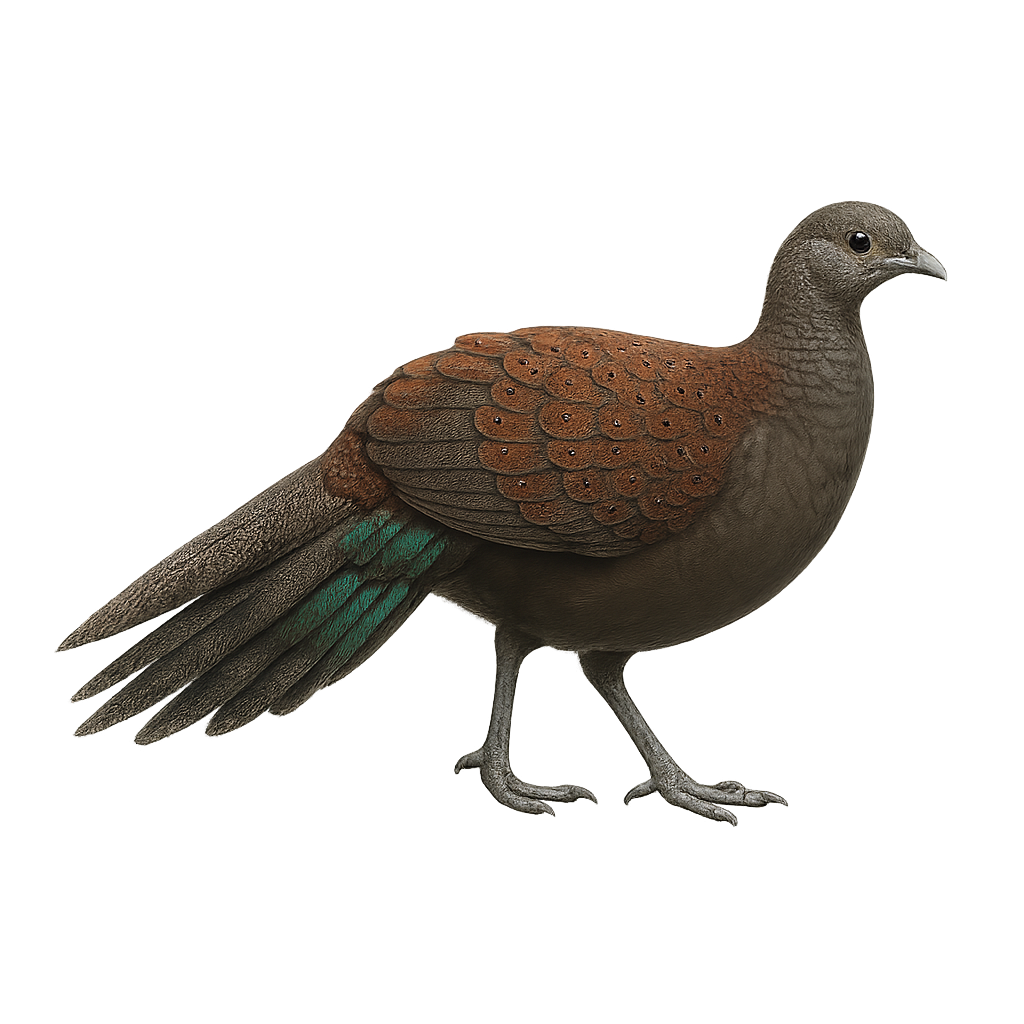Your wildlife photography guide.
Explore the mountain peacock-pheasant in detail, study its behavior, prepare your shots.
Where to observe and photograph the mountain peacock-pheasant in the wild
Learn where and when to spot the mountain peacock-pheasant in the wild, how to identify the species based on distinctive features, and what natural environments it inhabits. The WildlifePhotographer app offers tailored photography tips that reflect the mountain peacock-pheasant’s behavior, helping you capture better wildlife images. Explore the full species profile for key information including description, habitat, active periods, and approach techniques.
Mountain Peacock-Pheasant
Scientific name: Polyplectron inopinatum

IUCN Status: Near Threatened
Family: PHASIANIDAE
Group: Birds
Sensitivity to human approach: Suspicious
Minimum approach distance: 10 m
Courtship display: March to May
Incubation: 22-24 jours
Hatchings: March to June
Habitat:
Tropical forests, montane forests
Activity period :
Primarily active during the day, with peak activity in the morning and late afternoon.
Identification and description:
The Mountain Peacock-Pheasant, or Polyplectron inopinatum, is a fascinating bird native to the mountainous forests of Malaysia. This medium-sized pheasant is notable for its brown plumage adorned with iridescent ocelli patterns, giving it a majestic appearance. Males display a long tail which they fan out during courtship displays to attract females. These birds are generally solitary or live in small family groups. Their diet mainly consists of insects, small invertebrates, and seeds. Although their habitat is threatened by deforestation, they are still found in several nature reserves. Their discreet behavior and ability to blend into their environment make them challenging yet rewarding to observe for bird enthusiasts.
Recommended lens:
400 mm – adjust based on distance, desired framing (portrait or habitat), and approach conditions.
Photography tips:
To photograph the Mountain Peacock-Pheasant, it is advisable to use a 400mm or longer telephoto lens to capture detailed images without disturbing the bird. Look for dense forest areas where these birds are likely to feed or rest. Be patient and discreet, as their suspicious behavior makes them difficult to approach. Use a tripod to stabilize your camera and wait for the right moment to capture their stunning iridescent plumage in natural light.
The WildlifePhotographer App is coming soon!
Be the first to explore the best nature spots, track rutting seasons, log your observations, and observe more wildlife.
Already 1 430 wildlife lovers subscribed worldwide

